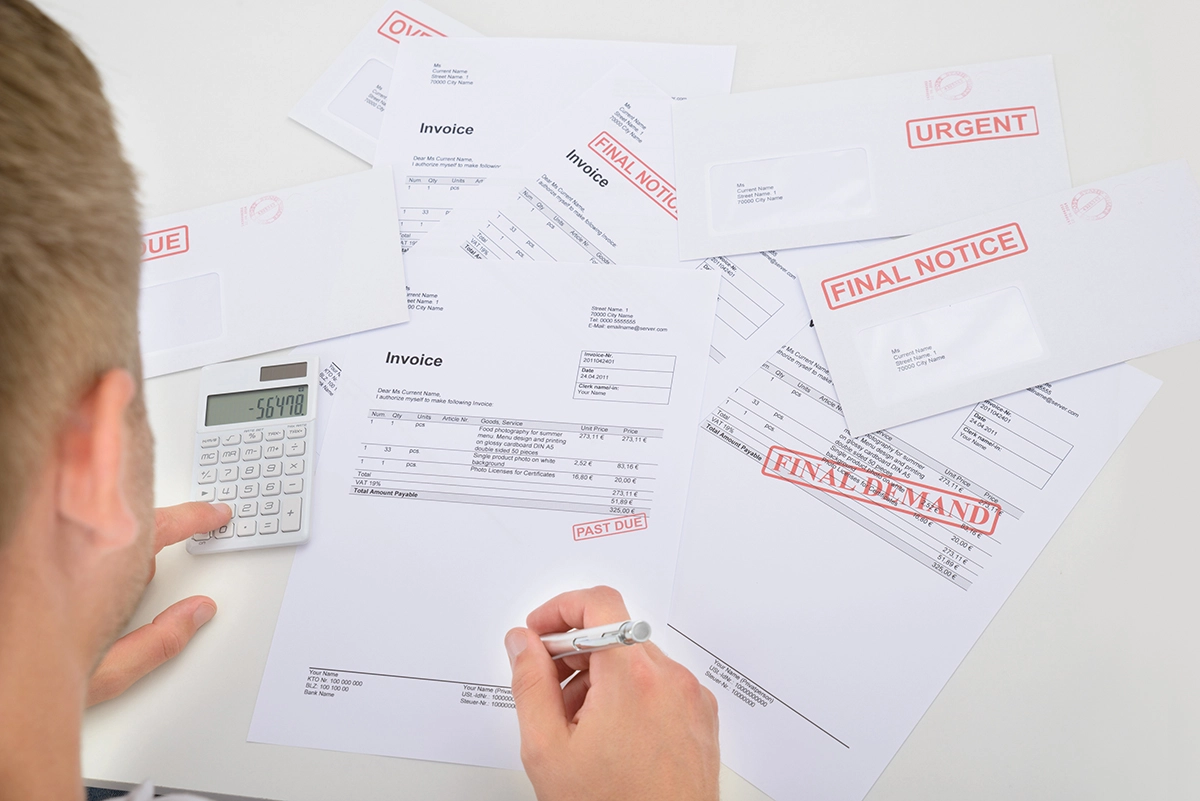Overhead is critical for company survival. Field personnel can't operate without overhead support. Equipment and materials won't be ordered, billing won't get done, money won't be collected, payroll won't be paid, lights won't stay on, nor will your company have a building out of which to operate.
Overhead is any expense the company incurs to stay in business. It doesn't generate revenue; it sucks up the revenue the field labor produces.
There's a debate over what goes into overhead and what goes into direct cost. Many times, contractors put field vehicle expenses, payroll taxes and other expenses tied to the field labor into cost of goods sold. Others put only direct field labor costs in cost of goods sold.
There is no right answer, as long as you're consistent from month to month. If you put vehicle expenses in cost of sales one month, then they must be put in cost of sales every month.
Overhead can be divided into compensation overhead and general and administrative (G&A) overhead.
Many contractors prefer to see overhead broken out so they can keep track of employee productivity and expenses. Unapplied time, office salaries, payroll taxes, employee benefits, vacation time, meeting time and training time goes in this category.
G&A expenses cover everything else: rent, utilities, maintenance, advertising, professional fees and other costs you incur to keep the doors open.
Make sure the general and administrative expenses stay fairly consistent on a month to month basis. If one month there is a rent expense on your P&L and another month does not, your bookkeeper made a mistake.
On the other hand, compensation expenses can vary depending on holidays, unapplied time and vacation time.
One mistake I often see is the total monthly loan payment charged to overhead. Monthly loan payments consist of principal repayment plus interest, unless you have a zero interest loan. The only overhead expense is interest.
The principal repayment decreases your liabilities. If you have a zero interest loan, the payment does not appear in overhead. It's a cash expense, not an overhead expense.
Once you acquire overhead, it's hard to get rid of it. When you move into a new building, your company is stuck with that cost for the term of the lease & rent, maintenance and utility costs just went up permanently, unless you move out or sublet some of the space.
Contractors often think cutting an overhead salary is the solution to increasing overhead cost. Let's assume you cut one person's salary and you save $50,000 per year (including payroll taxes and benefits). If the company gross margin is 30 percent, the revenue you need to generate to break even decreases only by $166,667 & and other staff must pick up the work that person was doing. If this causes overtime, then your overhead expense didn't decrease as much as you wanted it to.
Another expense often cut is advertising and marketing. If you're not tracking your results, you don't know what marketing expenses are paying for themselves. If the marketing expenses are generating revenue, then don't cut them. If they're not generating revenue, do something different but don't cut out the way potential customers find out about your company.
Overhead is the last major category of P&L statements: sales minus cost of goods sold equals gross profit. Gross profit minus overhead equals net operating profit. This is the profit your company earns on a monthly basis from revenue generated during that month.
Usually, once per year, taxes are calculated and subtracted. This is your company's yearly profit. If that profit is not distributed as dividends, then the profit is added to your company's balance sheet as retained earnings.
 Ruth King is president of HVAC Channel TV and holds a Class II (unrestricted) contractors license in Georgia. She has more than 25 years of experience in the HVACR industry, working with contractors, distributors and manufacturers to help grow their companies and make them profitable. Contact her at ruthking@hvacchannel.tv or call 770-729-0258.
Ruth King is president of HVAC Channel TV and holds a Class II (unrestricted) contractors license in Georgia. She has more than 25 years of experience in the HVACR industry, working with contractors, distributors and manufacturers to help grow their companies and make them profitable. Contact her at ruthking@hvacchannel.tv or call 770-729-0258.


 Ruth King is president of HVAC Channel TV and holds a Class II (unrestricted) contractors license in Georgia. She has more than 25 years of experience in the HVACR industry, working with contractors, distributors and manufacturers to help grow their companies and make them profitable. Contact her at
Ruth King is president of HVAC Channel TV and holds a Class II (unrestricted) contractors license in Georgia. She has more than 25 years of experience in the HVACR industry, working with contractors, distributors and manufacturers to help grow their companies and make them profitable. Contact her at 



